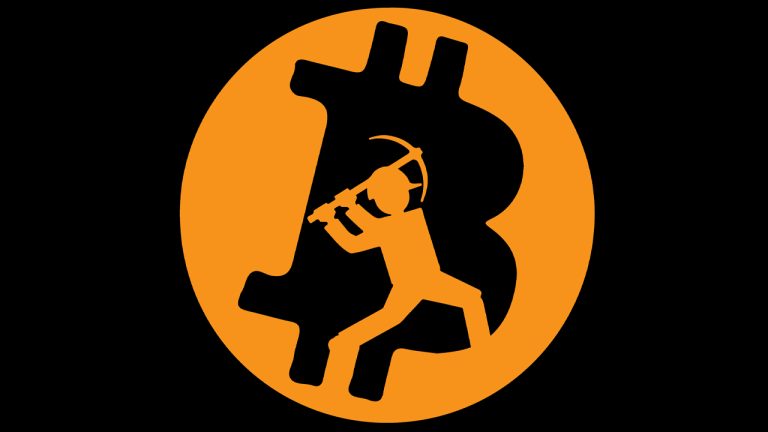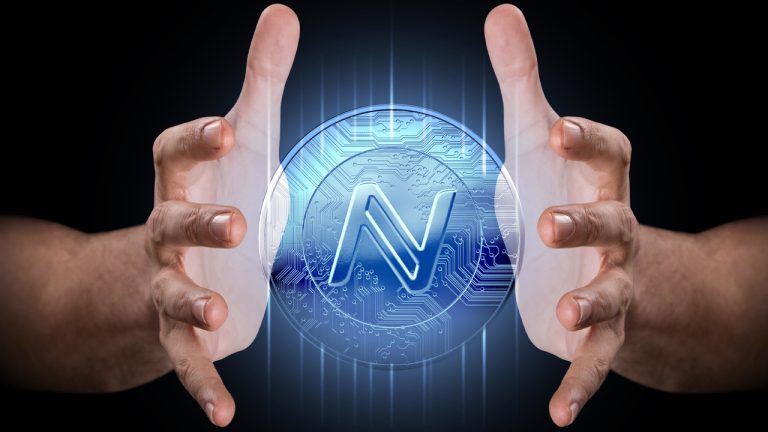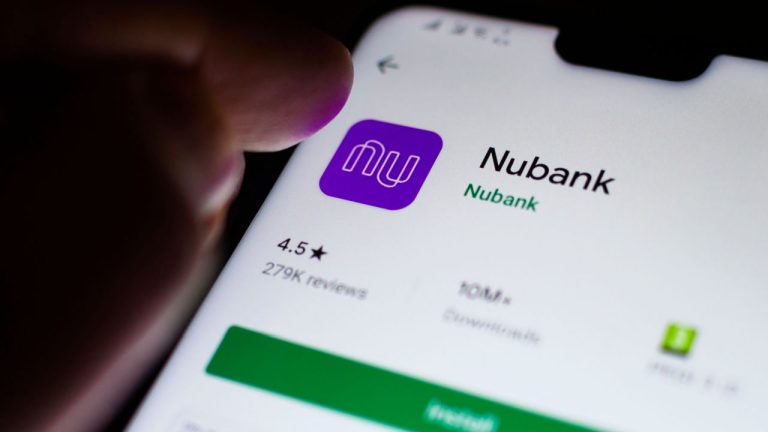
U.S. miner TeraWulf expanded its Bitcoin mining capacity in 2023, resulting in 70% more BTC mined in in Q2.
Bitcoin (BTC) mining firm TeraWulf has seen a drastic increase in BTC rewards after increasing its mining capacity in the first half of 2023.
According to the company’s latest quarterly filing with the U.S. Securities and Exchange Commission, TeraWulf mined a total of 1441 BTC through the first half of the year. 508 BTC were mined in Q1, while the firm added another 375 self-mined BTC to its balance sheet in Q2.
The increase in hashrate and mined BTC also led to an uptick in quarterly revenue for the company, up from $11.5 million to $15.5 million in Q2. The company pointed to their increased hashrate and the recovering market value of Bitcoin as primary reasons for its improved quarterly financials.
Related: TeraWulf goes nuclear: 8,000 rigs spool up in Nautilus mining facility
The firm now has over 50,000 new generation Bitcoin miners which it operates across its Lake Mariner site in New York and its Pennsylvania nuclear-powered Nautilus operation. TeraWulf’s operational hash rate sits at 5.5 EH/s while it has 160 MW of capacity for miners at the two sites.

The company also confirmed that it plans to expand its operation at Lake Mariner by another 43 MW by the end of 2023. The new building in New York is set to host 18,500 new generation S19j XP miners from Chinese manufacturer Bitmain.
TeraWulf estimates that its additional capacity at Lake Mariner will increase its self-mining hashrate by a further 58% from 5.0 EH6 to 7.9 EH/s.
Meanwhile Hut8 announced that it had seen a decrease in hashrate and self-mined Bitcoin in Q2 of 2023 as reflected in its mid-year results. The company mined 399 BTC in Q2, noting a 58% decrease compared to Q2 2022.
Hut8 put the drop in mined BTC down to three factors, which including the overall increase in Bitcoin mining difficulty, the suspension of operations at the firm's North Bay Facility and electrical issues that are ongoing at its Drumheller site.
Related: Bitcoin hash rate spikes as analysts say miners coming back online
Hut8 is also diversifying the use of its infrastructure away from solely mining Bitcoin. It’s high performance computing operation continues to generate an average of $4 million per quarter, while this number is expected to grow once its five year deal as an computing infrastructure provider to Interior Health begins towards the end of 2023.
Hut8 added that its Drumheller site had been hamstrung by high energy input levels that had led to some of its mining equipment to fail. The firm said 20% of its installed hash rate had been affected as a result.
Hut8 self-mined Bitcoin balance sits at 9,136 BTC, currently valued at $368.7 million. The company sold 396 of the 399 BTC it mined through Q2, resulting in $14.7 million in revenue. Hut8 expects to increase its hash rate capacity once a planned merger with USBTC is complete.
Magazine: Deposit risk: What do crypto exchanges really do with your money?













